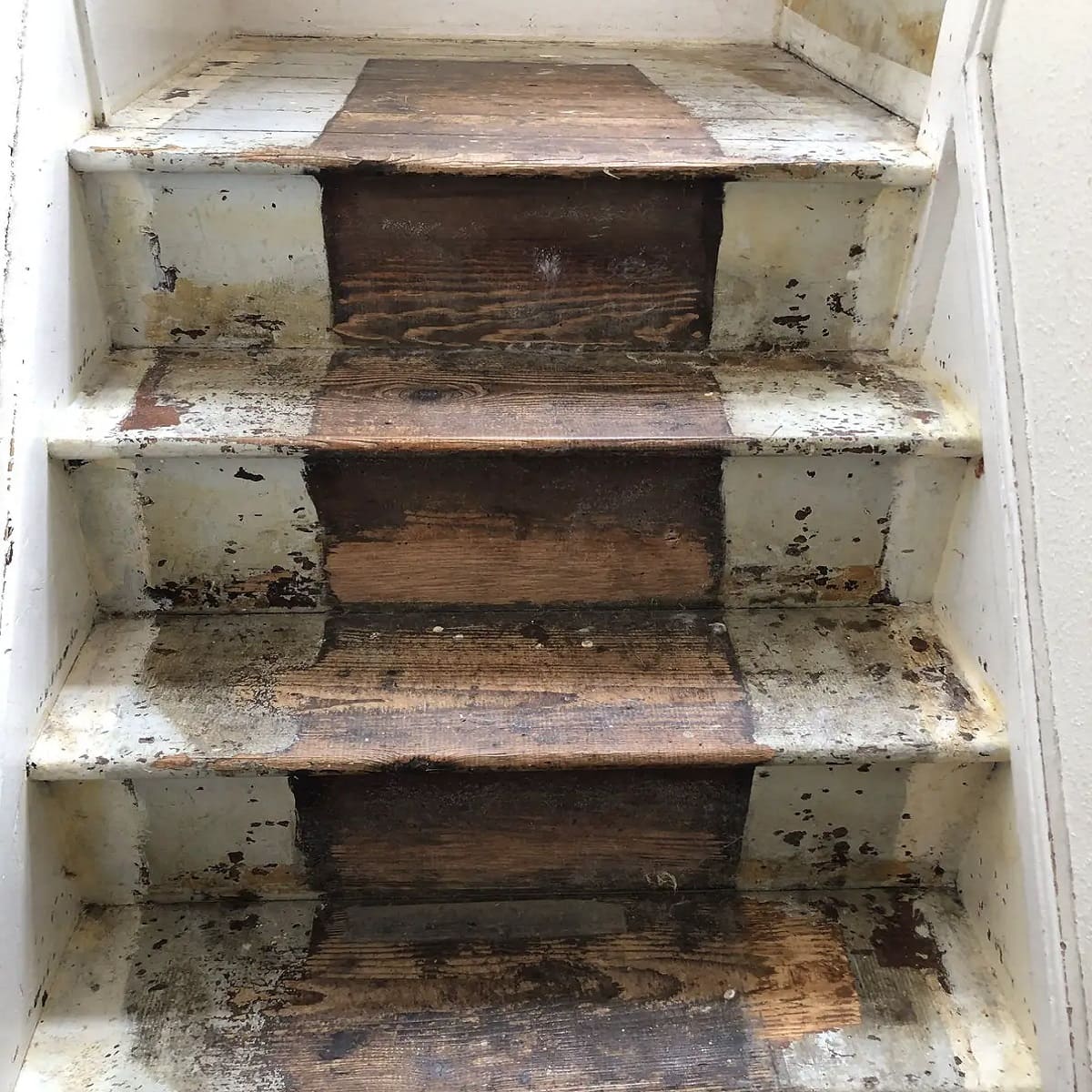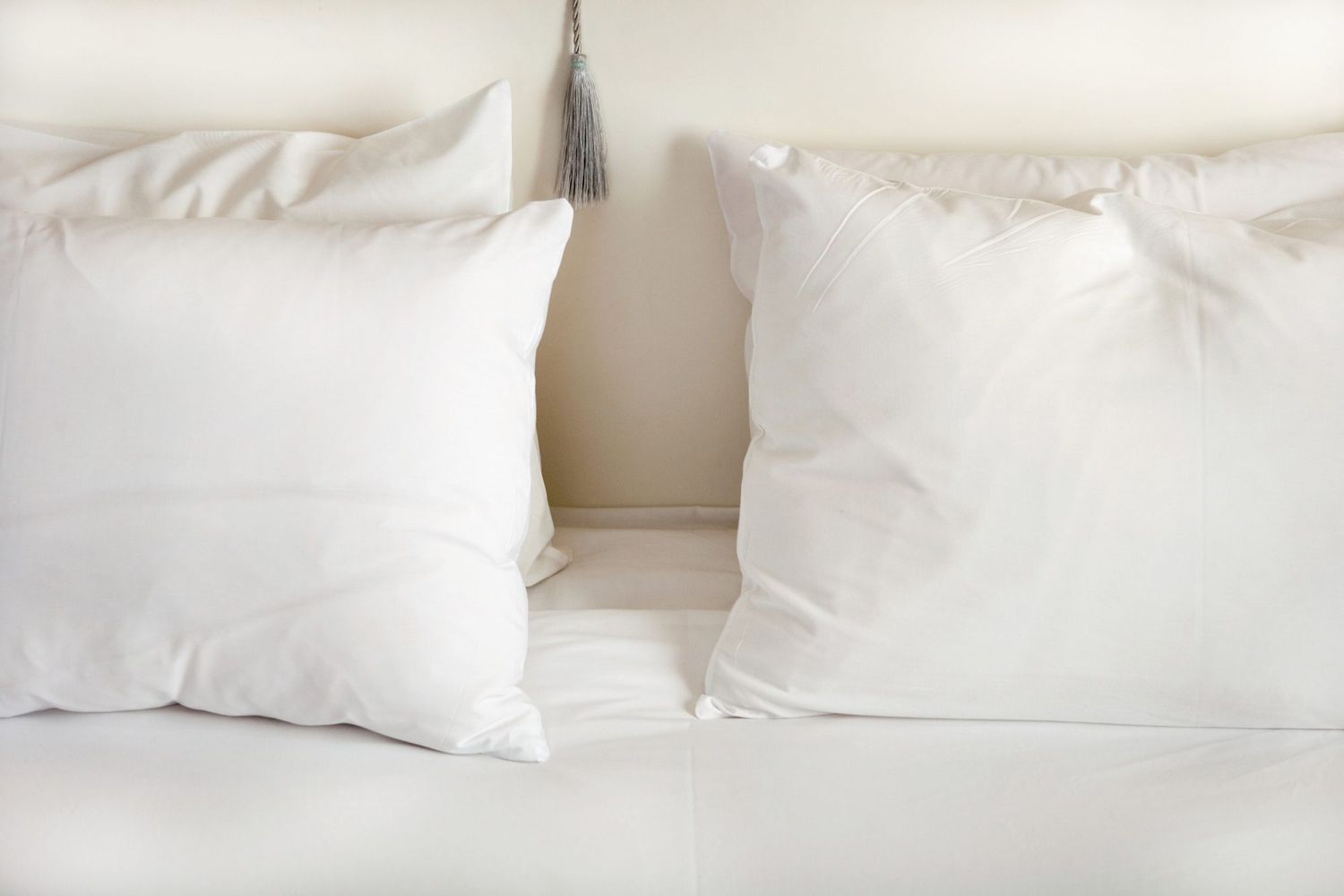

Articles
How To Remove Stain From Wooden Furniture
Modified: August 30, 2024
Learn how to effectively remove stains from wooden furniture with our easy-to-follow guide. Say goodbye to unsightly marks and restore the beauty of your furniture!
(Many of the links in this article redirect to a specific reviewed product. Your purchase of these products through affiliate links helps to generate commission for Storables.com, at no extra cost. Learn more)
Introduction
Wooden furniture can bring warmth and character to any room, but over time, it is not uncommon for stains to appear. Whether it’s from spilled drinks, food, or other mishaps, removing stains from wooden furniture can be a daunting task. However, with the right techniques and tools, you can effectively get rid of those unsightly stains and restore the beauty of your furniture.
In this article, we will explore several methods for removing stains from wooden furniture. From household ingredients like vinegar and olive oil to commercial wood stain removers, you’ll find a solution that suits your needs and the severity of the stain. So, let’s roll up our sleeves and dive into the world of stain removal for wooden furniture.
Key Takeaways:
- Say goodbye to stubborn stains on wooden furniture with household ingredients like vinegar, baking soda, and lemon. Restore the beauty of your furniture with natural and effective stain removal methods.
- Don’t let stains ruin the charm of your wooden furniture. From tea to toothpaste, explore various DIY stain removal options and keep your furniture looking clean and refreshed.
Read more: How To Remove Stains From Furniture
Option 1: Using Vinegar and Olive Oil
Vinegar and olive oil are common household ingredients that can work wonders when it comes to removing stains from wooden furniture. The acidic properties of vinegar help break down the stain while the olive oil moisturizes and nourishes the wood, preventing it from drying out.
To use this method, follow these simple steps:
- Mix equal parts vinegar and olive oil in a small bowl. For example, you can start with 1/4 cup of each.
- Dip a soft cloth or sponge into the mixture and wring out any excess liquid.
- Gently rub the stained area in a circular motion, applying slight pressure.
- Continue rubbing until the stain starts to fade. Be patient, as stubborn stains may require multiple applications.
- Once the stain is removed, wipe away any remaining residue with a clean, dry cloth.
- For added shine and protection, you can apply a thin layer of furniture polish or beeswax to the treated area. Buff it gently with a soft cloth.
It’s important to note that vinegar should not be used undiluted on wooden furniture, as it may cause damage. Also, always test the mixture on a small, inconspicuous area of the furniture before applying it to the stained spot to ensure there are no adverse reactions.
This method is effective for removing a wide range of stains, including water rings, heat marks, and some food and beverage stains. However, for more severe or stubborn stains, you may need to explore other options.
Option 2: Using Baking Soda and Lemon Juice
Baking soda and lemon juice are not only great for baking and cooking, but they can also be used as a powerful stain remover for wooden furniture. Baking soda’s abrasive nature helps lift the stain, while lemon juice’s natural acidity acts as a bleaching agent, making it effective for lightening stubborn stains.
To utilize this method, follow these steps:
- In a small bowl, mix equal parts baking soda and lemon juice to form a paste.
- Using a soft cloth or sponge, apply the paste to the stained area.
- Gently scrub the stain in circular motions, ensuring the paste covers the entire stained area.
- Allow the paste to sit on the stain for approximately 10-15 minutes.
- Using a damp cloth, wipe away the paste, ensuring you remove all residue.
- Inspect the area and repeat the process if necessary until the stain is completely removed.
- Once the stain is gone, wipe the area with a clean, damp cloth to remove any traces of the paste.
- Dry the surface thoroughly with a soft cloth.
This method is particularly effective for removing food stains, ink stains, and some water-based stains. However, it may not be as effective for oil-based stains or deep-set stains. It’s always advisable to test this mixture on a small, inconspicuous area of the furniture first to ensure it doesn’t cause any damage or discoloration.
Remember to use caution when working with lemon juice, as it may cause lightening or bleaching of the wood. If you have antique or valuable furniture, it’s best to consult a professional before attempting any stain removal methods.
Option 3: Using Toothpaste
Believe it or not, toothpaste can be an effective stain remover for wooden furniture. The mild abrasive properties of toothpaste help to gently scrub away stains, making it particularly useful for removing watermarks and light scratches.
To use toothpaste for stain removal, follow these steps:
- Choose a non-gel toothpaste that doesn’t contain any whitening agents or abrasive particles.
- Squeeze a small amount of toothpaste onto a soft, clean cloth.
- Gently rub the toothpaste onto the stained area using circular motions.
- Continue rubbing until the stain starts to fade or is completely removed.
- Wipe away any residue with a damp cloth.
- Dry the surface of the furniture with a clean cloth.
It’s important to note that toothpaste is best suited for light stains or surface scratches. For deeper stains or more severe damage, it is advisable to consult a professional furniture restorer.
Additionally, always test the toothpaste on a small, inconspicuous area of the furniture before applying it to the stained spot. This will help ensure there are no adverse reactions or damage to the wood’s finish.
Toothpaste is a readily available and affordable option for stain removal, making it a convenient choice for quick fixes. However, if the stain persists or is particularly stubborn, you may need to explore other methods or seek professional assistance.
Option 4: Using Hydrogen Peroxide
Hydrogen peroxide is a powerful and versatile stain remover that can be used for various cleaning purposes, including removing stains from wooden furniture. It is especially effective for removing dark stains, such as ink or blood stains, as well as water rings and discoloration caused by mold or mildew.
Here’s how to use hydrogen peroxide to remove stains from wooden furniture:
- Start by diluting the hydrogen peroxide with water. Mix equal parts of hydrogen peroxide and water in a small bowl.
- Dip a clean cloth or sponge into the diluted hydrogen peroxide solution.
- Gently rub the stained area with the cloth or sponge, applying gentle pressure.
- Continue rubbing until the stain starts to fade or disappear.
- If the stain is stubborn, you can let the hydrogen peroxide solution sit on the stain for a few minutes before rubbing again.
- Once the stain is removed, wipe away any residue with a clean, damp cloth.
- Dry the surface of the furniture with a soft cloth.
It is essential to wear gloves and protect your eyes when using hydrogen peroxide, as it can cause skin irritation and be harmful if it comes in contact with your eyes.
Before using hydrogen peroxide on your wooden furniture, it is crucial to test it on a small, inconspicuous area to ensure it doesn’t cause any discoloration or damage to the wood’s finish. If the furniture has a delicate or antique finish, it’s best to consult a professional before attempting this method.
Hydrogen peroxide is an excellent option for removing stubborn stains from wooden furniture. However, always use it with caution and follow the instructions carefully to achieve the best results without causing any damage to your furniture.
Mix equal parts of baking soda and water to create a paste. Gently rub the paste onto the stained area with a soft cloth, then wipe it off with a clean, damp cloth. Repeat if necessary, then polish the area with wood polish.
Read more: How To Remove Wax From Wooden Furniture
Option 5: Using Salt and Lemon
If you’re looking for a natural and effective way to remove stains from wooden furniture, you can turn to the combination of salt and lemon. Both ingredients have properties that help break down stains and lift them from the surface of the wood.
Here’s how you can use salt and lemon to remove stains from wooden furniture:
- Cut a lemon in half and squeeze the juice into a small bowl.
- Add a tablespoon of salt to the lemon juice and mix well to form a paste.
- Dip a soft cloth or sponge into the mixture and apply it to the stained area.
- Gently rub the stain in circular motions, ensuring the mixture covers the entire stained area.
- Continue rubbing for a few minutes, allowing the salt and lemon to work on the stain.
- Once the stain starts to fade, wipe away the residue with a clean, damp cloth.
- Dry the surface of the furniture with a soft cloth.
The combination of salt and lemon is particularly effective for removing water rings, mildew stains, and certain food and drink stains. The acidity of the lemon helps break down the stain, while the abrasive nature of salt assists in lifting it away from the wood.
It’s important to note that lemon juice can bleach or lighten the color of the wood, so it’s recommended to test the mixture in an inconspicuous area before applying it to the stained spot. If you have antique or valuable furniture, it’s best to consult a professional for advice.
Using the power of nature, salt, and lemon can be an excellent option for stain removal from wooden furniture. It’s a safe and affordable method that can produce impressive results, leaving your furniture looking clean and refreshed.
Option 6: Using Tea
Tea, the beloved beverage, can also be used as a natural stain remover for wooden furniture. Tea contains tannins, which have a natural ability to darken and enhance the color of wood. These same tannins can also help to remove stains, making tea a viable option for stain removal on wooden furniture.
Here’s how you can use tea to remove stains from wooden furniture:
- Steep a black tea bag in a cup of hot water for a few minutes until the tea is strong.
- Remove the tea bag and allow it to cool slightly.
- Dip a clean cloth into the tea, ensuring it is saturated but not dripping.
- Gently rub the cloth onto the stained area, working in circular motions.
- Continue rubbing until the stain starts to fade or is completely removed.
- Wipe away any residue with a clean, damp cloth.
- Allow the surface to dry completely.
Tea is particularly effective for removing watermarks, heat marks, and certain food stains. It can also help revive the natural luster of the wood.
It’s worth noting that since tea can darken the wood, it may not be suitable for all types of furniture. It is always recommended to test the tea on a small, inconspicuous area first to ensure it doesn’t have any adverse effects or alter the color too dramatically. Additionally, this method may not be as effective on deep-set or stubborn stains.
Using tea as a stain remover is a natural and affordable option that can yield satisfying results. Not only will your furniture be stain-free, but it will also have a touch of warm color and a subtle shine.
Option 7: Using Commercial Wood Stain Remover
If you have stubborn or deep-set stains on your wooden furniture that cannot be effectively removed with household ingredients, it may be time to turn to a commercial wood stain remover. These products are specifically formulated to tackle tough stains and can be found at most hardware or home improvement stores.
When using a commercial wood stain remover, it’s essential to carefully follow the instructions provided by the manufacturer. However, here are some general steps you can expect:
- Read and understand the instructions on the product label before proceeding.
- Wear protective gloves and ensure proper ventilation in your workspace.
- Apply the wood stain remover to a clean cloth or sponge according to the instructions.
- Gently rub the stained area, following the direction of the wood grain.
- Allow the stain remover to sit on the stain for the recommended amount of time.
- Using a clean cloth or sponge, wipe away the product and the stain.
- Rinse the area with water or a mild cleaning solution to remove any residue.
- Dry the surface thoroughly with a soft cloth.
Commercial wood stain removers are typically more potent than homemade solutions, making them effective for removing a wide range of stains, including ink, grease, and deep-set blemishes. However, it’s crucial to test the product on a small, inconspicuous area of the furniture first to ensure it doesn’t cause any damage or discoloration.
Before using a commercial wood stain remover, it’s also a good idea to consult the furniture manufacturer’s guidelines, especially if your furniture has a specific type of finish or treatment.
Using a commercial wood stain remover can be a convenient and efficient option for tackling stubborn stains that other methods may not be able to remove effectively. Just be sure to follow the instructions carefully and exercise caution to protect both yourself and your furniture.
Conclusion
Stains on wooden furniture can be a frustrating sight, but fortunately, there are many effective methods for removing them. Whether you opt for household ingredients like vinegar, baking soda, toothpaste, salt, lemon, or natural remedies like tea, or choose to use a commercial wood stain remover, there is a solution for every type of stain and wood finish.
It’s important to remember that before attempting any stain removal method, you should always test it on a small, inconspicuous area of the furniture to ensure it doesn’t cause any damage or discoloration. Additionally, for valuable or delicate furniture, it’s advisable to consult a professional before attempting stain removal.
Regardless of the method you choose, patience and gentle treatment are key when removing stains from wooden furniture. Take your time, follow the instructions carefully, and avoid using excessive force or harsh chemicals that could potentially damage the wood. With a bit of effort and the right approach, you can restore the beauty and charm of your wooden furniture.
Remember to regularly maintain and clean your wooden furniture to extend its longevity and prevent future stains. Use coasters to protect the surface from water rings and heat-resistant pads for hot objects. Dust regularly and apply protective sealants or wax to maintain the wood’s natural luster.
By taking proper care of your wooden furniture and knowing how to effectively remove stains, you can enjoy its timeless beauty for years to come. So, roll up your sleeves, gather your supplies, and bid those stubborn stains farewell!
Frequently Asked Questions about How To Remove Stain From Wooden Furniture
Was this page helpful?
At Storables.com, we guarantee accurate and reliable information. Our content, validated by Expert Board Contributors, is crafted following stringent Editorial Policies. We're committed to providing you with well-researched, expert-backed insights for all your informational needs.















0 thoughts on “How To Remove Stain From Wooden Furniture”